Table of content
Tea, a beloved beverage enjoyed by millions worldwide, is celebrated for its rich flavors, cultural significance, and potential health benefits. However, a common question among tea enthusiasts and casual drinkers alike is: How long can brewed tea sit before it spoils? While tea is often consumed immediately after brewing, leftovers are inevitable. Understanding the factors that influence its shelf life—and how to store it properly—is essential for ensuring both safety and optimal taste. This article explores the science behind tea spoilage, storage best practices, and how to identify when a brew has gone bad.
Factors Affecting the Shelf Life of Brewed Tea
The longevity of brewed tea depends on several variables, including the type of tea, additives, brewing method, and storage conditions.
Type of Tea
- True Teas (Black, Green, Oolong, White): These teas, derived from the Camellia sinensis plant, have varying levels of oxidation. Black tea, fully oxidized, tends to have a slightly longer shelf life than delicate green or white teas, which are minimally oxidized.
- Herbal Teas (Tisanes): Made from herbs, fruits, or spices, herbal infusions often last longer than true teas due to their different chemical compositions. For example, chamomile or rooibos may retain freshness for up to 48 hours when refrigerated, whereas green tea might degrade faster.
Additives
- Sweeteners (Sugar, Honey): Sugar can accelerate bacterial growth, while honey’s antimicrobial properties may offer slight protection but not indefinitely.
- Dairy or Alternatives: Adding milk, cream, or plant-based milk shortens shelf life significantly, as dairy is a breeding ground for microbes. Such teas should be consumed within 2–3 hours if left at room temperature.
- Citrus or Acidic Ingredients: Lemon or vinegar lowers the tea’s pH, which can inhibit some bacteria but may alter flavor over time.
Brewing Method
- Strength: Overly concentrated brews (e.g., using double the tea leaves) may resist spoilage slightly longer due to higher polyphenol content, which has antimicrobial effects.
- Temperature: Brewing at higher temperatures (near boiling) may reduce initial microbial load but does not guarantee extended shelf life.
Storage Conditions
- Temperature: Warm environments (above 40°F/4°C) accelerate bacterial growth. Refrigeration slows degradation but does not halt it entirely.
- Air Exposure: Oxygen promotes oxidation, causing flavors to deteriorate.
- Light: Exposure to sunlight or artificial light can degrade compounds like chlorophyll in green tea, leading to a stale taste.
Storage Guidelines for Brewed Tea
Proper storage is critical to maximizing freshness. Follow these rules:
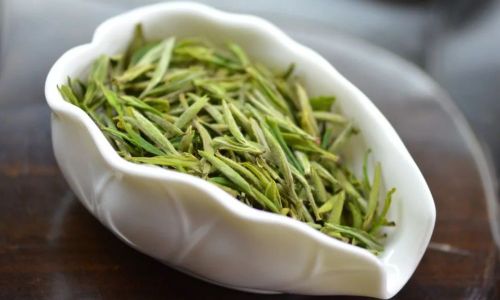
-
Refrigerate Promptly
- Within 2 hours of brewing, transfer tea to an airtight container and refrigerate. Delays beyond this increase the risk of bacterial contamination.
- Ideal refrigeration temperature: 35–38°F (2–3°C).
-
Use the Right Container
- Glass or BPA-free plastic: Avoid metal containers, which can impart off-flavors.
- Opaque containers: Protect against light exposure.
- Fill to the top: Minimize air pockets to reduce oxidation.
-
Avoid Common Mistakes
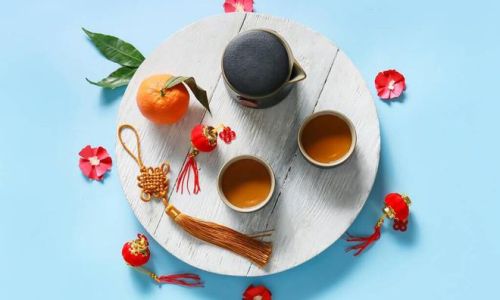
- Never store tea in the same container as raw meat, seafood, or strong-smelling foods to prevent cross-contamination or flavor absorption.
- Avoid reheating tea multiple times, as this degrades quality and may concentrate harmful compounds.
Signs That Brewed Tea Has Spoiled
Even when stored correctly, tea will eventually spoil. Watch for these indicators:
- Foul Odor: A sour, musty, or rancid smell signals bacterial or mold growth.
- Cloudy Appearance: While some teas (e.g., pu-erh) naturally cloud when cooled, excessive haziness may indicate spoilage.
- Mold Growth: Fuzzy patches on the surface are a clear sign of contamination.
- Off Taste: A bitter, acidic, or flat flavor suggests oxidation or microbial activity.
Health Risks of Consuming Expired Tea
Spoiled tea can harbor harmful microorganisms, including:
- Bacteria: E. coli, Salmonella, and Bacillus cereus thrive in improper storage conditions.
- Mold: Aspergillus and Penicillium species may produce mycotoxins, which are harmful if ingested.
Symptoms of foodborne illness from spoiled tea include nausea, vomiting, diarrhea, and abdominal cramps. Vulnerable populations (e.g., pregnant women, children, the elderly) face higher risks and should discard tea if doubt exists.
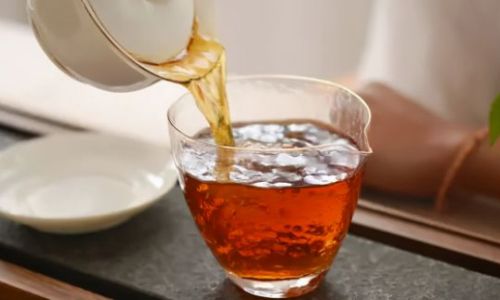
Tips to Extend Shelf Life
- Brew Smaller Batches: Prepare only what you intend to drink to minimize leftovers.
- Use Fresh Water: Reboiling water or using old water can introduce contaminants.
- Avoid Oversteeping: Oversteeping increases bitterness and may release tannins that accelerate spoilage.
- Freeze in Ice Cube Trays: Pour leftover tea into trays and freeze for later use in iced beverages.
Shelf Life of Different Teas
| Tea Type | Refrigerated Shelf Life | Room Temperature Shelf Life |
|---|---|---|
| Black Tea | 3–4 days | 8–12 hours |
| Green Tea | 2–3 days | 6–8 hours |
| Herbal/Tisane | 3–5 days | 8–10 hours |
| Tea with Milk | 2–3 hours (refrigerated) | Discard immediately |
Common Questions Answered
Can I Reheat Leftover Tea?
Yes, but only if stored properly. Reheat once to steaming (165°F/74°C) to kill bacteria, but avoid multiple reheating cycles.
Does Adding Lemon Shorten Shelf Life?
Yes. Citrus acidity lowers pH, which can inhibit some bacteria but may also cause flavors to degrade faster.
Can I Use Expired Tea for Other Purposes?
- Houseplants: Diluted tea can nourish acid-loving plants (e.g., ferns).
- Cleaning: Tea’s tannins can remove grease or deodorize surfaces.
- Compost: Add to compost bins for a nutrient boost.
Conclusion
Brewed tea’s shelf life is a delicate balance of science and practicality. While refrigeration and proper storage can extend freshness to 3–5 days for most teas, vigilance is key. Always trust your senses—if the aroma, appearance, or taste seems off, discard the brew. By understanding the factors that influence spoilage and adhering to storage guidelines, you can enjoy tea at its best while minimizing waste. Whether you prefer a robust black tea or a soothing herbal infusion, treating your brew with care ensures every sip is as refreshing as intended.
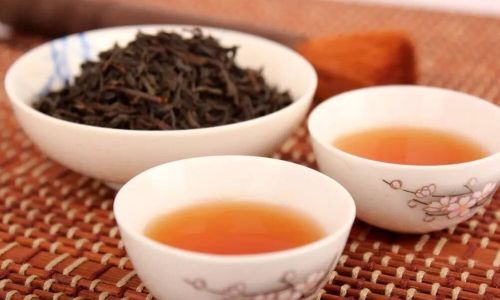
Final Tip: When in doubt, brew fresh. The nuances of tea’s flavor and aroma are best experienced immediately after steeping—a small effort that rewards the palate and prioritizes safety.


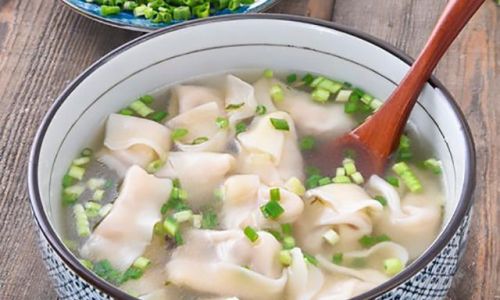



0 comments